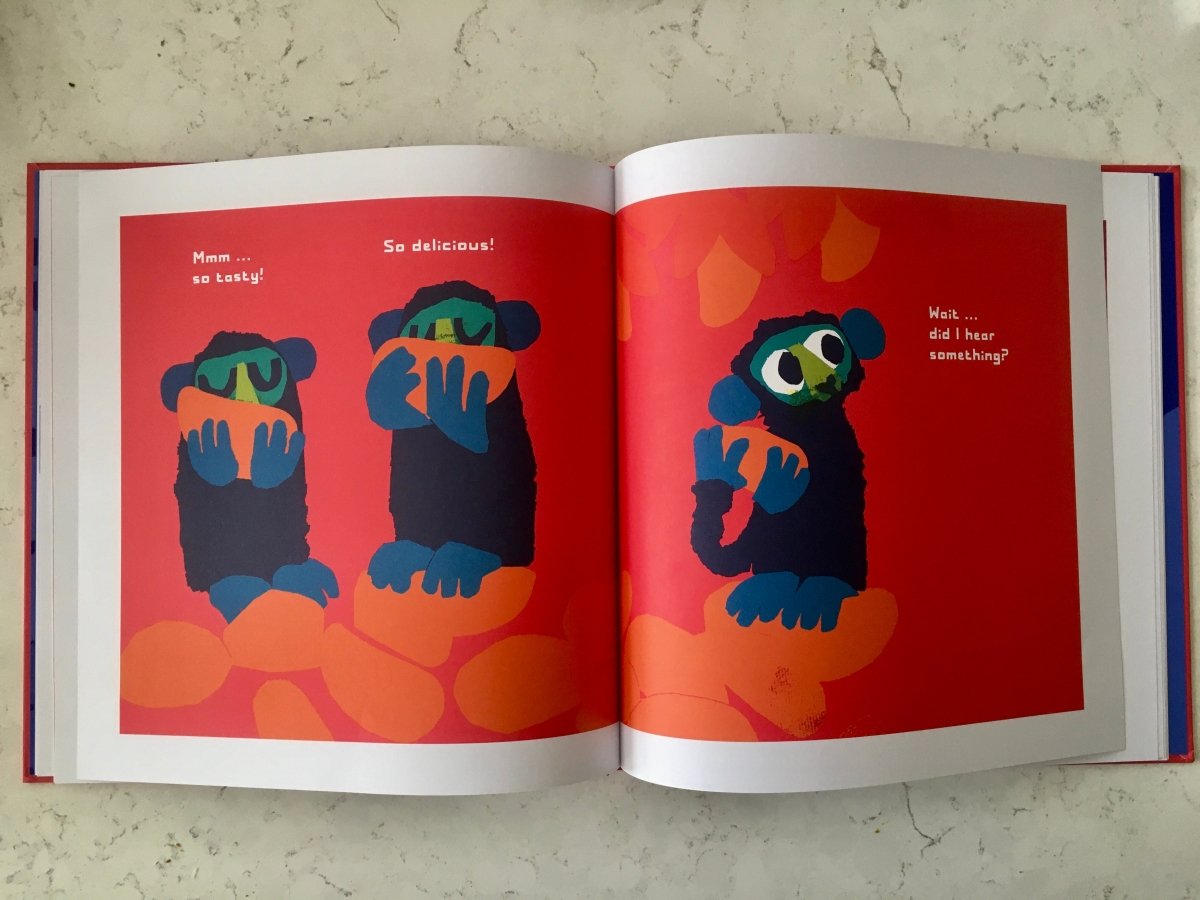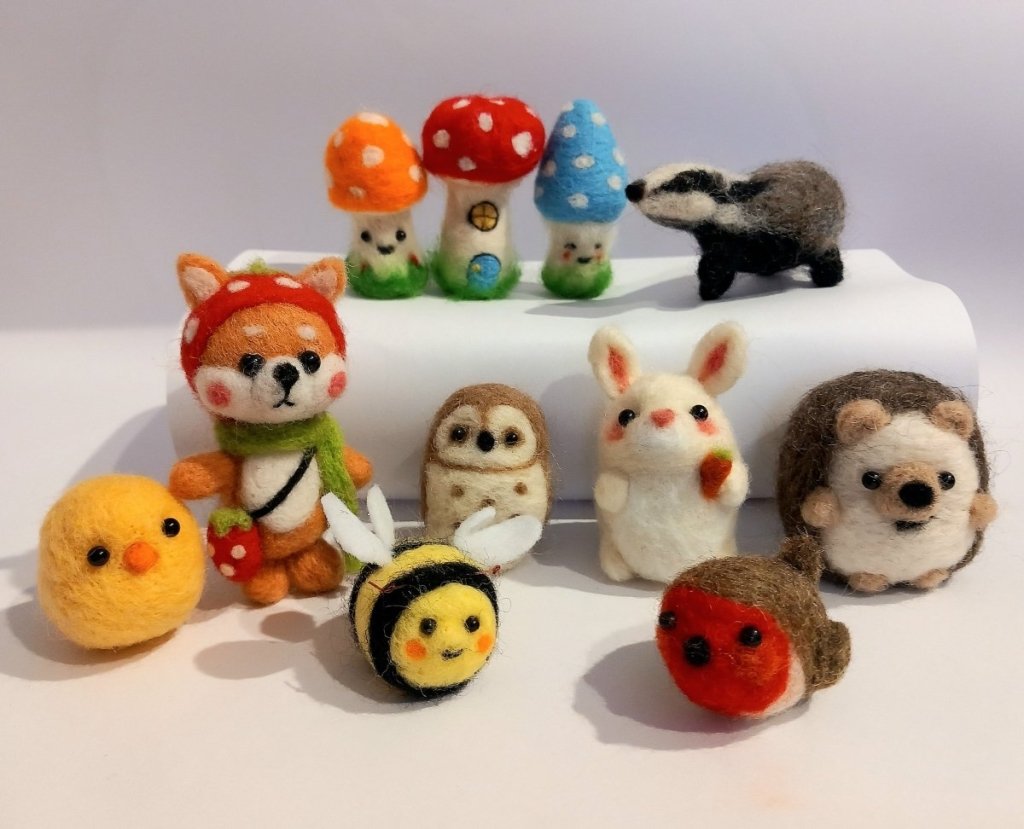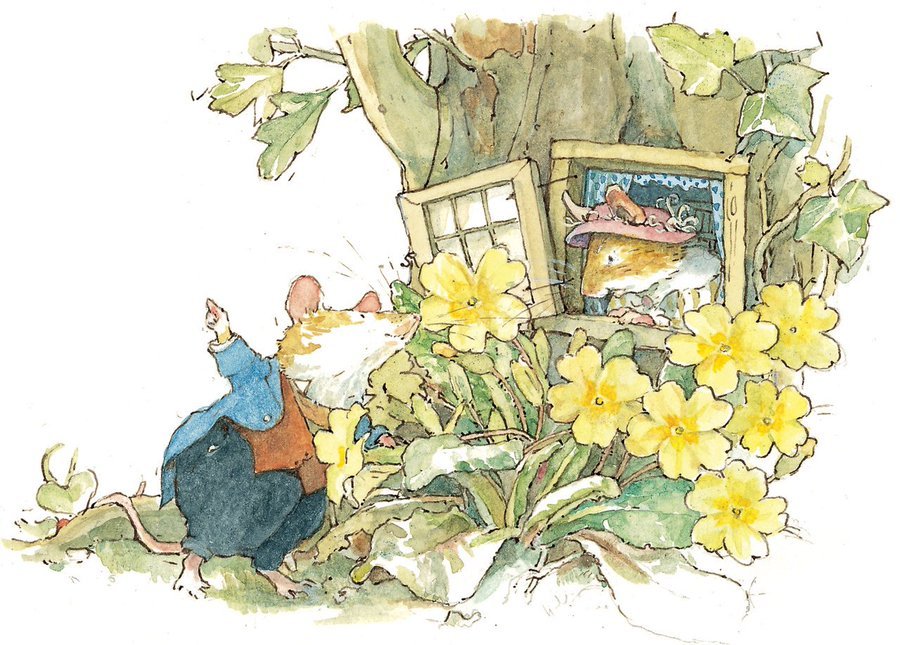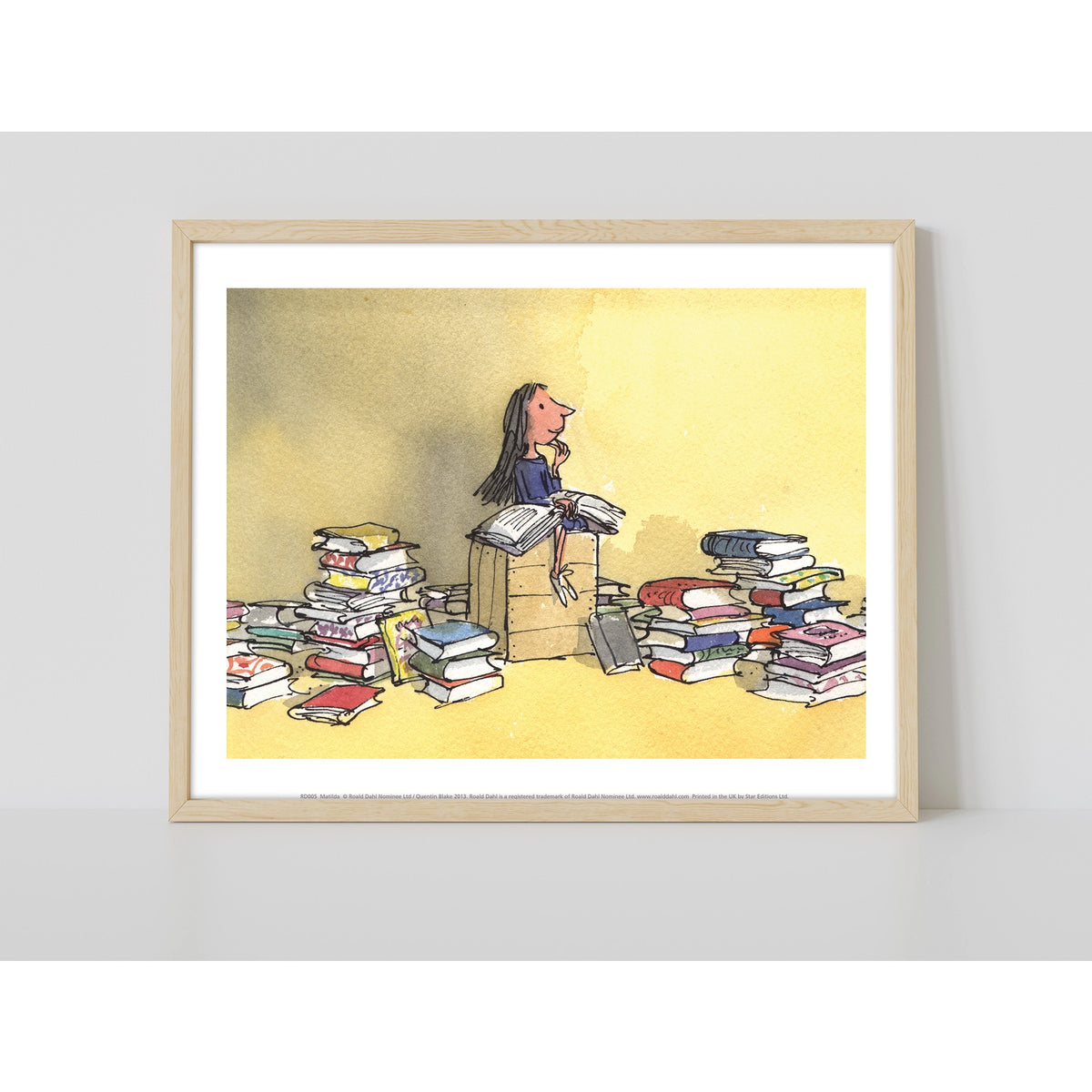Interview: Chris Haughton's new book, Maybe

We also chatted about Haughton's rug designs for Node, a non-profit social business in Kathmandu, Nepal. We're proud to be the only Irish stockists of these beautiful textile pieces. Node works in collaboration with Kumbeshwar Technical school in Kathmandu, which is an adult education and support centre. In addition to earning fair wages for their work, Node employees are taught literacy and skills. The money generated by the business also supports a school of 260 children and an orphanage of nineteen.
Q. I remember you reading an early iteration of Maybe at an event for primary school children a couple of years ago. Do you find it helpful to test out your stories on live audiences of kids?
Q. The characters in your books are always highly stylised and easily recognisable, which I think is one of the reasons kids really connect to them. When working on a new book like Maybe, do you usually have a visual idea for a character first, or do they appear in your head after you start writing the story?
I kind of sculpt them as the story is being shaped. I try to think of a character that makes the story funnier, or more poignant. That begins with choosing whether the character should be human or animal, and what kind of animal. Usually, they have more details to begin with, but to make the images read more easily they become more and more simplified.
Illustration from Shh! We Have a Plan
For instance the characters in Shh! We Have a Plan began with lots of little details of feathers and things they had maybe collected on past hunts. The little one had none. That part got a little lost in the story, but it's better to tell the story clearly than to retain these details that don't impact the story. To me, the most important thing is the eyes, and then the body language, so the design of the character should be able to show these to their best in all the scenes.
The quotes began with my very first picture book, A Bit Lost. I thought it would be funny to have a very wordy quote from Robinson Crusoe by Daniel Defoe, as he was perhaps the most familiar lost character in literature. I just thought it was a funny thought to contrast that with my little story of a lost owl. We can all identify with being lost, whether you are a famous literary character or a lost baby owl in a forest, we have that same feeling.
Q. The quote at the end of Maybe is from Aristotle: "For the things we have to learn before we can do, we learn by doing". What made you choose this one, and at what stage of the writing process did you come to it?
When I have a story, I'm always trying to figure out what the core of it is. I usually don't really know what that is when I begin, but it clarifies as I work on it. Usually finding the right quote comes towards the end of the process of making the book. For Maybe, it was quite tricky, I didn’t want to really encourage or discourage risk-taking. Most of the quotes went one way or the other. I liked the Aristotle quote because it acknowledges this Catch 22 dilemma about risk. It's a part of life.
Q. We're proud to be the only Irish stockists of the amazing handmade rugs you designed for Node, a non-profit social business employing local craftspeople in Kathmandu, Nepal. Can you tell us a bit about how you first got involved in designing the rugs?
I am very proud you are stocking them too. Thanks so much!
Before I worked on picture books, one of the things I was doing was working as a volunteer designing and illustrating for the fair trade company People Tree. I worked for many years for them in various capacities, and then in 2010 I took a break and spent a year working and travelling in India and Nepal.
Buy a uniquely handcrafted rug here.
While there, I got in touch with many of the producers I had been working with through People Tree. I produced clothes and toys for People Tree and then I discovered that one of People Tree’s producers actually began their business by making rugs. They were so beautiful that I begged People Tree to stock the rugs, but they're mainly a fashion label and it didn’t make sense for them to stock them. So that's when I began looking into bringing them over myself. We've been very lucky with the rugs and we even had an exhibition in the Design Museum in London.
The rugs are handmade using traditional Nepali techniques
Q. Some of your rug designs, like George and Little Owl, are characters we know from books, and some are stand-alone designs. Where did these characters come from and will they appear in a book one day?
In 2014 I was commissioned by the Royal London Hospital in Whitechapel to design some of their children's wards. It was all newly built and is actually the largest hospital in Europe. However, as it is so huge, the wards are like a maze and look quite similar to each other. So one of my ideas was to make each room unique by theming it. That way the children can say I'm in the lion room or I'm in the parrot room, rather than saying I am in 35C, or whatever it is.
I chose a different animal for each room. I got to design 10 rooms and each room was a different animal. I designed a rug for each room, (which was hung on the wall behind a frame for hygiene), and we had pictures and vinyl dotted around each of the rooms. The other rugs all came from this project. It was nice to be able to just draw some fun characters without having a story. I hope to make a story for some of those characters some day.
Q. A lot of your work, both in picture books and design, has an environmental and social justice emphasis. For you, what impact can stories have in changing the world for the better?
I think stories are based on a yearning to do the right thing. We are drawn to stories because we instinctively want to know what to do when difficult circumstances present themselves. We imagine ourselves as the protagonist and we are readying ourselves for if one day something like that happens to us.
As my editor Deirdre often says, stories "help us to know how to be". We can bear to imagine situations that scare us when we feel safe curled up in bed, or in the lap of a trusted guardian. Some stories resonate with children very personally, perhaps because of personal fears or issues, and so they like to re-read them and replay in them in their minds. It is play. Children want to imagine themselves in those situations so that they can work out what to do. In those safe moments we are free to imagine what we should do. So that, in the heat of the moment when difficult circumstances do present themselves, we are able to make a good choice.
Browse all of Chris Haughton's picture books, including signed copies of his latest book Maybe, here.
You can find Node and Chris Haughton's beautiful handmade rugs here.












